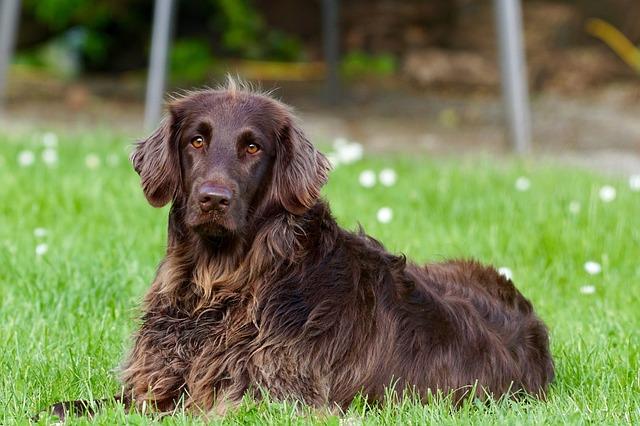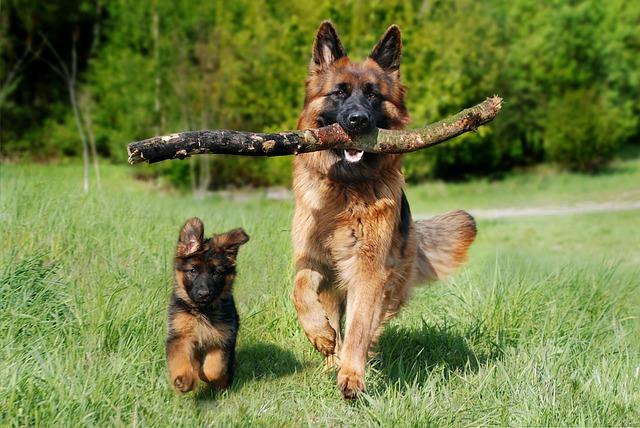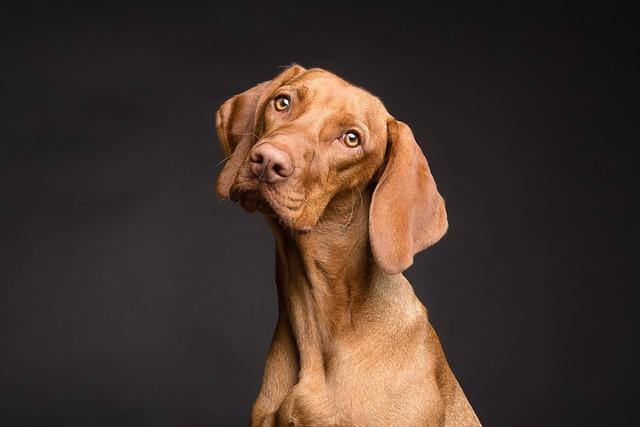Welcoming a furry friend into your home brings joy, companionship, and a few extra responsibilities. One of the most rewarding tasks is grooming, a practice that not only keeps your dog looking sharp but also ensures their health and happiness. But with so many breeds, each with its own unique coat and grooming needs, how do you determine the right routine for your beloved pet? In this friendly guide, we’ll explore the grooming frequency for different dog breeds, offering practical tips and insights to help you keep your canine companion looking and feeling their best. Whether you’re a new dog parent or a seasoned pet owner, understanding your dog’s grooming needs is a step toward a happier, healthier life together.
Understanding Your Dogs Coat Type
Every dog has its own unique coat type, which plays a crucial role in determining how often they need grooming. Understanding these differences can help ensure your furry friend stays comfortable and healthy. Here’s a quick guide to help you identify your dog’s coat type and its grooming needs:
- Smooth Coats: Breeds like Boxers and Dalmatians have short, smooth coats that lie close to the body. These dogs are low maintenance, requiring brushing once a week to remove loose hair and distribute natural oils.
- Double Coats: Think of Huskies and Golden Retrievers. Their coats consist of a soft undercoat and a protective outer layer. Regular brushing, at least twice a week, is essential to prevent matting and control shedding.
- Wire Coats: Breeds such as Terriers often have a rough, wiry texture. These coats require hand stripping or clipping every few months to maintain their distinct texture and prevent tangles.
- Curly Coats: Poodles and Bichon Frises sport these dense, curly coats. They need frequent grooming, ideally every 4-6 weeks, to avoid matting and keep their curls in check.
- Long Coats: Breeds like Shih Tzus and Afghan Hounds have flowing, luxurious coats. Daily brushing is recommended to keep these coats free of tangles and dirt.
By understanding your dog’s coat type, you can tailor your grooming routine to meet their specific needs, ensuring they look and feel their best all year round.

Tailored Grooming Routines for Short-Haired Breeds
Short-haired dog breeds, such as Beagles, Boxers, and Dalmatians, might appear low-maintenance, but they still benefit from a regular grooming routine. Weekly brushing is essential for these breeds to remove loose hair and distribute natural oils, promoting a shiny and healthy coat. Despite their short fur, these dogs can still shed significantly, so consistent grooming helps keep your home fur-free.
- Bathing: A bath every 4-6 weeks is generally sufficient, unless your pup has rolled in something particularly unpleasant.
- Nail Trimming: Aim to trim their nails every 3-4 weeks to prevent overgrowth and discomfort.
- Ear Cleaning: Check their ears weekly for signs of wax buildup or irritation, cleaning them as needed.
While their grooming needs are not as demanding as their long-haired counterparts, these breeds still appreciate the attention and care that come with regular grooming sessions. Plus, it’s a perfect opportunity to bond with your furry friend!

Special Care Tips for Long-Haired and Double-Coated Breeds
Long-haired and double-coated breeds are known for their stunning, luxurious coats, but maintaining their beauty requires a bit more attention. Regular grooming is essential to prevent mats and tangles, which can cause discomfort and even skin issues for your furry friend. Here are some special care tips to keep their coats in top shape:
- Brush Regularly: Aim to brush your dog’s coat at least three to four times a week. This not only helps in detangling but also distributes natural oils, keeping their coat shiny and healthy.
- Seasonal Shedding: Double-coated breeds typically shed heavily during spring and fall. During these times, increase brushing frequency to daily to manage the extra hair and reduce shedding around your home.
- Use the Right Tools: Invest in a slicker brush or an undercoat rake, as these are particularly effective for reaching through the topcoat and removing loose undercoat hairs.
- Regular Baths: While frequent baths are not necessary, a monthly bath can help keep your dog’s coat clean. Use a gentle, dog-friendly shampoo to avoid stripping essential oils from their coat.
- Professional Grooming: Consider scheduling professional grooming sessions every 6-8 weeks. Professional groomers have the expertise to manage complex coat types and can help keep your dog’s coat looking its best.
With these tips, you can ensure your long-haired or double-coated dog remains comfortable and looking fabulous all year round. Remember, a well-groomed dog is a happy dog!

Managing Shedding and Seasonal Grooming Needs
As the seasons change, so do the grooming needs of your beloved furry companions. Understanding how to manage shedding and meet the seasonal grooming requirements of different dog breeds can make a world of difference in keeping your pet comfortable and your home tidy. Here are some tips to help you navigate through the hairy seasons:
- Double-Coated Breeds: Breeds like Huskies and Golden Retrievers have a thick undercoat that sheds seasonally. Brush them at least twice a week to remove loose fur and prevent matting. During heavy shedding periods, consider using a de-shedding tool to help manage the fur.
- Short-Haired Breeds: Dogs with short coats, such as Boxers and Dalmatians, require less frequent grooming. However, a weekly brush with a rubber curry brush can help remove dead hair and distribute natural oils for a healthy shine.
- Curly or Woolly-Coated Breeds: Poodles and Bichon Frises have coats that don’t shed in the traditional sense but require regular grooming to prevent tangles. Aim for a professional grooming session every 4-6 weeks, with in-between maintenance at home.
- Long-Haired Breeds: Breeds like Shih Tzus and Afghan Hounds need daily brushing to prevent knots and tangles. During seasonal changes, more frequent grooming may be necessary to keep their coat manageable.
Regardless of breed, always pay attention to your dog’s specific needs. Some dogs may require more frequent grooming due to health conditions or personal preferences. Regular grooming not only helps manage shedding but also provides an opportunity for bonding and ensuring your dog’s overall well-being.

